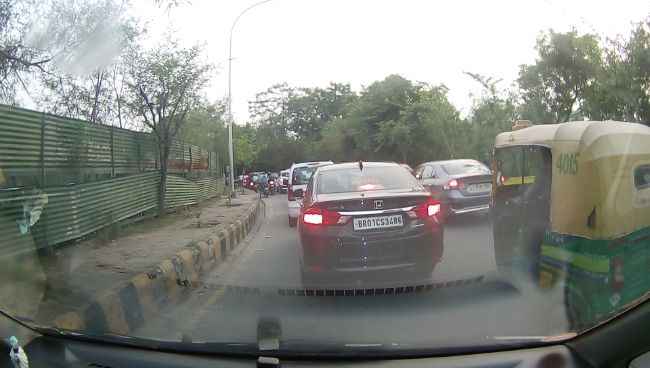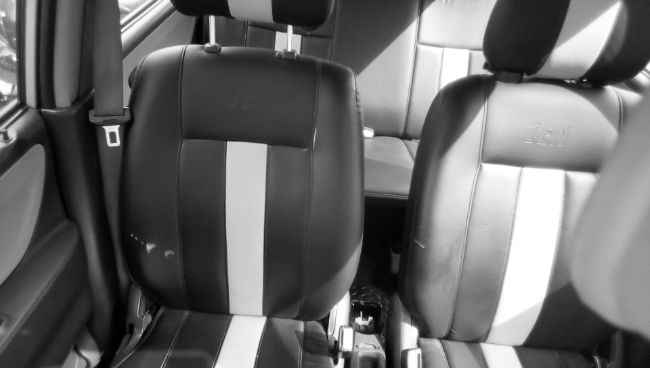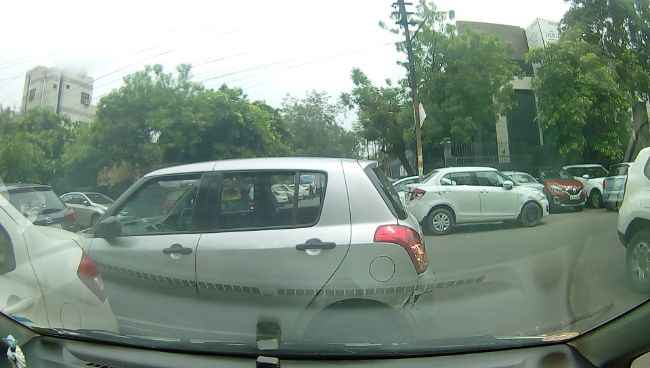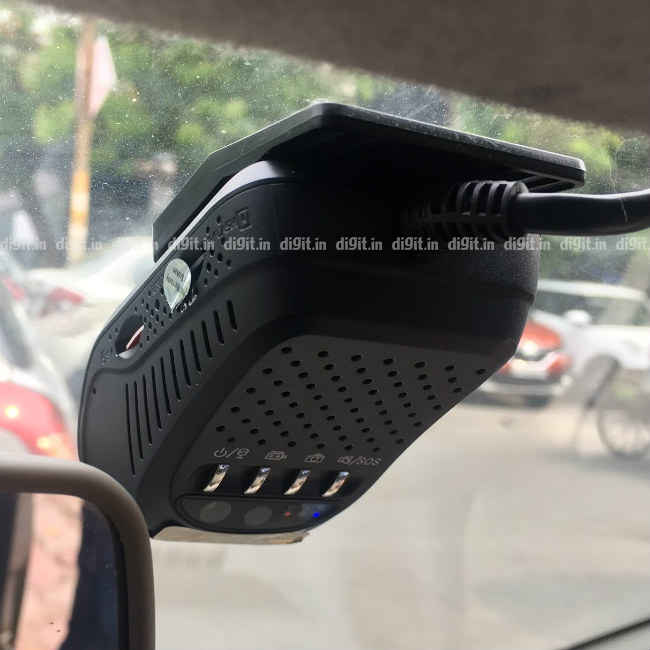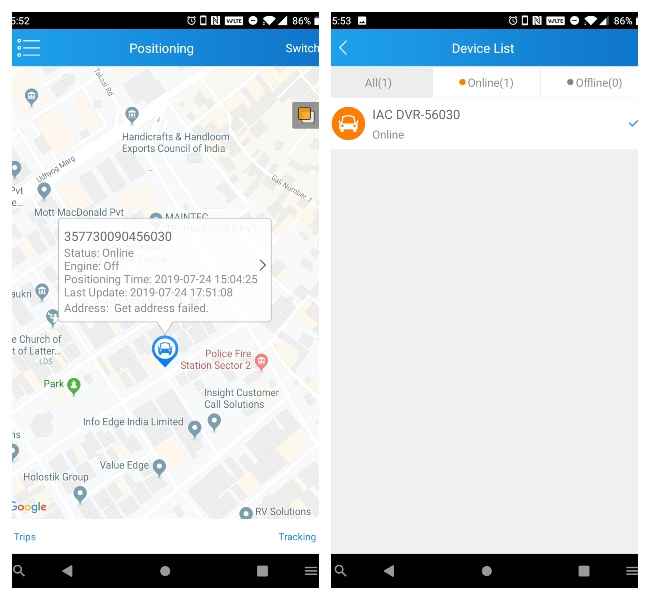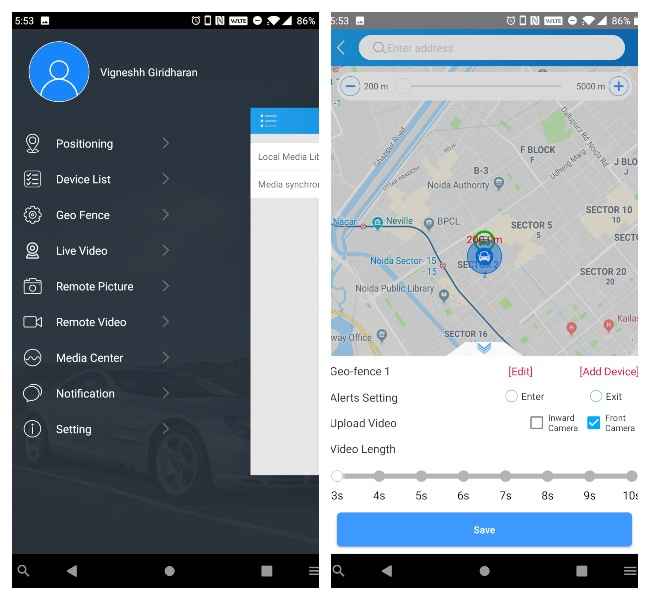IAC 404 Dashcam Review: Good but not great
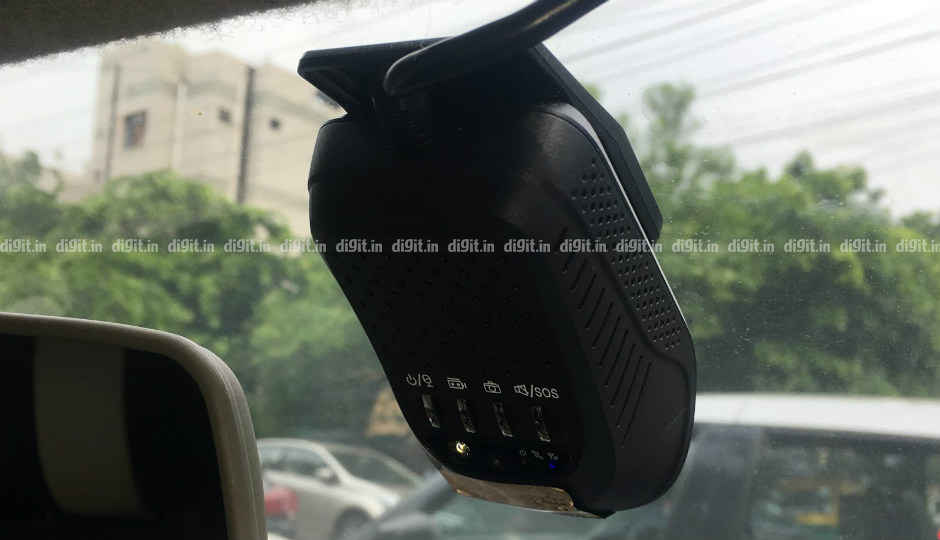
We review the IAC 404 Dashcam by the Indian Auto Company. It costs Rs 14,990 and is currently on sale in India.
Google reveals that the number of searches for the term “dash cam” in India has nearly doubled in the last two years, with the most number of search queries sprouting from Kerala, Karnataka, and Haryana. For those who don't know what that term signifies, a dashcam (or dashboard camera) is a surveillance camera for vehicles. Mounted typically on the dashboard or front windscreen, the camera continuously records the outside (and sometimes inside) view. These devices can provide video evidence in the event of a road accident, making insurance claims less of a hassle than they are.
On Amazon.in, you can buy a dashcam for as little as Rs 2,900 and as much as Rs 17,999. While many of the brands available are nameless, some are reputed, such as Blaupunkt and Transcend. Kent's latest offering, the CamEye Car, is easily one of the most expensive available on the store. At Rs 17,955, it comes packed to the teeth with features, including 4G connectivity. The IAC 404 by Indian Auto Company, on the other hand, costs Rs 14,990, and has similar features. Let's take a closer look.
Coverage
The IAC 404 comes with not one but two cameras. It has a camera on either side of its body, which means it captures whatever happens both outside and inside the vehicle. The primary (outside view) camera has a resolution of 1920 x 1080 pixels, while the secondary (inside view) camera has a resolution of 640 x 480 pixels and is black and white. The primary camera has a 120-degree field of vision, while the secondary camera has a 90-degree field of vision. In comparison, the Kent CamEye has a 720p 120-degree sensor on both sides. In addition, the primary camera on the IAC 404 swivels vertically, so you can focus the lens on the relevant part of the road.
Good coverage from the primary camera
Going by the performance of our review unit, we could tell that the feed from the primary camera had a good amount of coverage if not great. There was a fair amount of barrel distortion around the sides of the frame but that's something that's expected and common amongst wide-angle lenses. The secondary camera's coverage was at best decent. A shot taken through the secondary camera did not display any signs of barrel distortion but it did have a limited view. While much of the car's four seats was visible in the frame, the space around the headrests was cut off. That said, the coverage is sufficient to survey the cabin for any suspicious activity.
Clarity
While the primary camera is a Full HD wide-angle sensor, the secondary camera is a black and white VGA sensor. The video feed captured while driving around in daylight is clear. In any given frame, the registration number of vehicles directly ahead and in the adjacent lanes is seen clearly. While the mono audio recorded is understandably low in quality, the time stamp carries some useful driving data, such as date, time, GPS position, and vehicle speed.
Secondary camera is a VGA black and white sensor
On the other hand, the video feed captured while driving around at night is not so clear. The feed carries a fair amount of noise and distortion, making it hard to read the registration number of vehicles directly ahead. The video feed from the secondary camera is quite clear in daylight despite being colourless but loses sharpness and quality as the sun goes down. In summary, the quality of the recording is nowhere close to bad, especially when there's sufficient light around at the time of recording, but it's not remarkably great either.
Primary camera quality is good but dips in low light
Recording Samples
Please note that the audio track has been removed or changed in the samples below for reasons of privacy. Also, the dashcam has no option to mute the audio inside the cabin.
Daytime:
Lowlight:
Tracking and Other Features
The IAC 404 is more than a regular dashcam. It works in conjunction with a smartphone app called IAC DriveMatics, which is available on Android and iOS. Apart from recording video on the bundled microSD card whenever the ignition is turned on, it provides a live view of the two cameras over the air on a smartphone regardless of the ignition status. To do this, it uses an Airtel SIM card that comes bundled with the device. When used with the ignition on, the dashcam creates a Wi-Fi hotspot whose SSID and password are predefined. We assume that the SIM card is enabled to run only on 3G network because the internet speed when tethered to the Wi-Fi hotspot is very low.
SIM and microSD cards are found on the side
Using the IAC DriveMatics app, the user can perform the following operations from just about anywhere: retrieve a still image or live video from the primary or secondary camera, locate the dashcam (and in turn the vehicle on which it is fitted) on a map, create a geo-fence and receive alerts when the boundary is crossed, and manage more than one connected IAC dashcam. To get a live view in the app (still or motion), the user may use either their own mobile data plan or the dashcam's Wi-Fi hotspot, depending on the proximity of the device. In addition, they can use the Wi-Fi hotspot to copy the contents of the microSD card to their smartphone. Images and videos are saved as JPEG and 3GP files respectively.
App starts in Map mode, allows switching between multiple IAC devices
In our experience, the IAC 404 dashcam review unit worked as expected. But the IAC DriveMatics app was something of a pain to use. Partly because of the slow network on which the device operates, image and video retrievals took several minutes to happen. The live video feed too, whether it's through the phone's own mobile data plan or the dashcam's Wi-Fi hotspot, was slow and patchy. On the whole, the app was glitchy and unintuitive in design. According to the Indian Auto Company, the recorded driving data is accessible only by the user and not by the device manufacturer through the back end, which should give users concerned about privacy some peace of mind. The dashcam has four buttons and three LED indicators on it. The buttons feel cheap and lack tactility.
Geo-fence is one of the options available in the main list
Ease of Installation
The box contains the dashcam and all the wires necessary to get it up and running. Though you probably can do the wire it up yourself over a lazy weekend, it's easier to call an Indian Auto Company service agent to get the setup done. In our case, the setup was done by a service agent, which took about thirty minutes. The dashcam is wired to be running even when the ignition is turned off but only for live view. It starts writing into the microSD card once the ignition is turned back on. A bright blue LED blinks on the sticky side of the dashcam, possibly to let passers-by know that there’s a security device installed in the car.
When asked if the dashcam would have an adverse effect on the vehicle's battery, an India Auto Company representative commented, “When [the] ignition is off, [the] dashcam will be [sic] remain in sleep mode and will consume only around 17mAh current which is very minimal in comparison to car battery size. Car battery will not die due to dashcam if engine will remain in turn off [sic] condition for more than 2 weeks.”
Summary: Good but not great
All things considered, the IAC 404 is quite good for its price but not great. Though the idea of a dashcam that records on both sides and feeds a live view to a connected smartphone through mobile data is ambitious, the implementation is far from perfect. The smartphone app could do with a lot more refinement in terms of speed and overall usability, while the dashcam could do with faster data connectivity to provide instant live views. In other words, the IAC 404 by the Indian Auto Company is a fine, more affordable alternative to the newly launched Kent CamEye Car.
Vignesh Giridharan
Progressively identifies more with the term ‘legacy device’ as time marches on. View Full Profile

